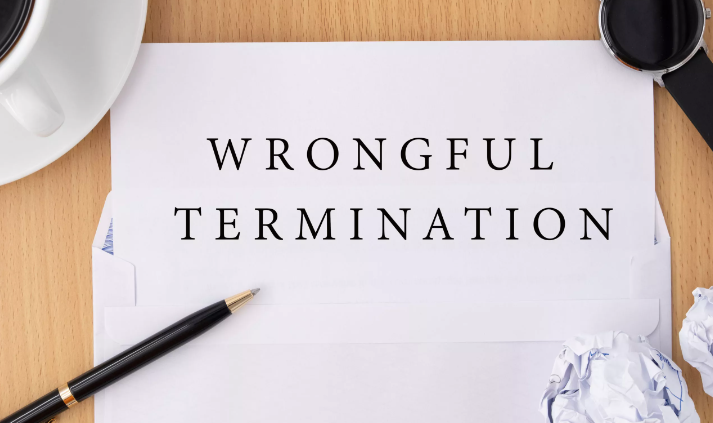Navigating the Legal Maze of Wrongful Termination Claims

In the complex world of employment law, wrongful termination claims represent one of the most challenging areas both for employees and employers. These claims arise when an employee believes their dismissal from a job was illegal, violating either federal, state, or contractual laws. Navigating through these claims requires a deep understanding of employment law, a strategic approach to litigation, and an awareness of the rights and responsibilities of all parties involved. This article aims to shed light on the process of addressing wrongful termination claims, offering guidance to those who find themselves amidst such challenging circumstances.
Understanding Wrongful Termination
At its core, wrongful termination occurs when an employment contract or public law is breached during the dismissal of an employee. This can include violations of anti-discrimination laws, retaliation for whistleblowing, non-compliance with labor regulations, or breach of written and implied employment agreements. Recognizing the basis of a wrongful termination claim is the first step in navigating these legal waters. It sets the groundwork for understanding the intricacies involved and determining the most appropriate course of action.
Legal Frameworks and Protections
The legal landscape surrounding wrongful termination is vast, encompassing various federal and state laws designed to protect employees from unjust dismissal. These laws ensure that employees cannot be fired for reasons related to discrimination, exercising their legal rights, or other protected activities. Familiarity with these legal frameworks is crucial for both preventing wrongful termination practices and for defending against or pursuing claims. It’s a dynamic field that requires constant vigilance to stay abreast of legislative updates and judicial interpretations.
Pursuing a Wrongful Termination Claim
For employees who believe they have been wrongfully terminated, the path to justice involves several critical steps. Initially, gathering evidence is paramount. This includes documentation of employment records, communications related to the termination, and any relevant witness statements. Following this, consulting with a legal professional who specializes in employment law can provide invaluable insights and strategic advice. Legal experts can assess the merits of a claim, navigate the complex legal procedures, and advocate on behalf of their clients throughout the process.
Settlements and Legal Recourse
In cases where wrongful termination is linked to discrimination or other violations of employment law, seeking settlements is a common recourse. Wrongful termination due to disability settlements illustrate how specialized legal guidance can lead to favorable outcomes for those who have been unjustly dismissed. Settlements not only provide compensation for the wronged party but also often result in changes to employer practices, contributing to a more equitable work environment for future employees.
Strategies for Employers
For employers, wrongful termination claims can be mitigated through the implementation of clear employment policies, regular training, and diligent record-keeping. Establishing transparent procedures for disciplinary actions and terminations can help protect against potential claims. Additionally, seeking legal advice before making termination decisions can prevent costly legal battles and protect the company’s reputation. Employers should also consider mediation or settlement options as alternatives to litigation, which can be time-consuming and expensive.
The Importance of Legal Representation
Both employers and employees benefit from the expertise of legal professionals specializing in employment law. For employees, an attorney can offer a thorough evaluation of their case, represent their interests in negotiations or court, and guide them through the complexities of the legal system. Employers, on the other hand, can rely on legal counsel to ensure compliance with labor laws, defend against wrongful termination claims, and advise on best practices for human resources management. In either case, the right legal representation is crucial for navigating the legal maze of wrongful termination claims successfully.
Looking Ahead: Prevention and Awareness
The best strategy for dealing with wrongful termination claims is prevention through education and awareness. Both employers and employees should strive to understand their rights and responsibilities under the law. Ongoing education on employment law, regular reviews of employment policies, and open lines of communication can help prevent misunderstandings and conflicts that lead to wrongful termination claims. By fostering a workplace culture based on respect, fairness, and legal compliance, organizations can minimize the risk of litigation and create a more positive and productive work environment.
Conclusion
Navigating wrongful termination claims demands a nuanced understanding of employment laws and strategic legal guidance. For those facing or defending against such claims, informed preparation and expert representation are vital. Fostering a workplace culture rooted in fairness and compliance can significantly reduce the risk and impact of these challenging legal disputes.




